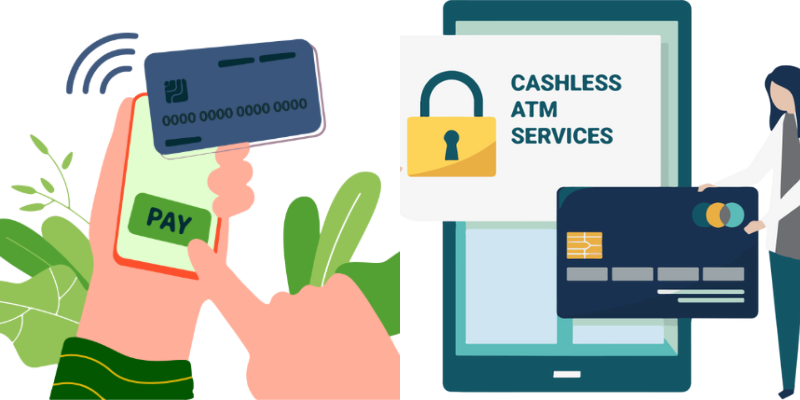Running a business today means giving customers convenient ways to pay. Credit card transactions have become a cornerstone of commerce, both online and offline. However, for some industries, this process is not as straightforward as simply signing up with a provider. Travel companies, subscription services, nutraceuticals, telemedicine, CBD retailers, and even ticketing platforms often find themselves facing unexpected challenges when applying for merchant accounts. The struggle usually comes down to one powerful label - “high-risk.”
What Makes a Business High-Risk?
Payment processors and banks categorize certain industries as risky for several reasons. The most common issue is a high frequency of chargebacks. When customers dispute transactions often, processors worry about financial loss and reputational damage. Another major factor is regulatory complexity. Products such as supplements, CBD oils, or online health consultations often face shifting legal frameworks across different regions, making compliance more difficult. Fraud exposure also plays a big role. Businesses with online-only products, recurring billing models, or global customer bases are more susceptible to fraudulent activity. Lastly, newer businesses without an established financial track record may also be placed in this category, even if they operate in a relatively stable industry.
Understanding the Term
Being labeled as a credit card processing high-risk merchant doesn’t mean a business is doing something wrong. Instead, it reflects how financial institutions view the potential challenges of working with that industry. Because of these risks, providers typically impose stricter requirements. Merchants may face higher transaction fees, rolling reserves, or delayed settlement times to safeguard the processor’s financial exposure. Approval for accounts in this category often requires more extensive documentation as well. Detailed business practices, proof of regulatory compliance, and transparent refund policies are closely examined during underwriting. While the process feels rigorous, it helps processors build confidence in handling businesses that might encounter disputes or regulatory scrutiny.
Key Challenges in High-Risk Processing
One of the most common hurdles is cost. Businesses in this category frequently pay more in transaction fees compared to standard merchants. Another challenge comes in the form of reserves, where a portion of revenue is held back by the processor to cover potential chargebacks. These reserves can create cash flow strain, particularly for new businesses.
Fraud and disputes present another major obstacle. A single surge in chargebacks can lead to penalties or even account termination. Meanwhile, compliance and regulation are constant concerns, especially in industries like telemedicine or CBD, where rules differ from one jurisdiction to another. Finally, high-risk merchants often have limited choices. Many banks and payment processors decline to work with businesses in sensitive sectors. This leaves fewer providers to choose from and sometimes less favorable terms for those who are accepted.
Practical Strategies for Success
Even with these challenges, many high-risk businesses succeed by being proactive. Choosing a payment processor that specializes in high-risk industries is one of the most effective steps. These providers understand the nuances of industries prone to chargebacks or regulation, and they can offer tailored solutions instead of blanket rejections. Transparency is equally important. Having all licenses, compliance paperwork, refund policies, and service descriptions clearly documented reassures both regulators and processors. This reduces friction during account approval and builds credibility over time.
Fraud prevention tools are also essential. Address verification, card verification checks, and real-time monitoring of suspicious activity can reduce the chances of disputes. When customers feel secure, they are less likely to file chargebacks. Additionally, businesses should monitor disputes carefully. Identifying common causes, improving customer support, and creating clear communication channels all help reduce chargeback frequency. Budgeting for reserves and settlement delays is another wise step, ensuring the business can continue operating smoothly even when funds are temporarily held.
Turning Risk into Opportunity
Instead of viewing the “high-risk” label as a barrier, some businesses use it as a chance to improve operations. By strengthening fraud prevention, enhancing compliance, and focusing on customer satisfaction, these companies reduce their risk profile over time. This, in turn, can lead to better contract terms and lower fees in the future. Understanding the responsibilities that come with being a high-risk credit card processing merchant also allows business owners to make informed decisions about partnerships. Working with specialized processors that truly understand their industry can mean the difference between constant setbacks and consistent growth.
Conclusion
Accepting card payments is crucial for any modern business, but for those in sensitive industries, the path can feel more complicated. Extra fees, stricter requirements, fraud risks, and compliance demands are part of the package. Yet, with the right mindset and strategies, these challenges are manageable. By staying transparent, using robust fraud prevention tools, and collaborating with experienced processors, businesses can find stability even in difficult circumstances. The journey of a credit card processing and high-risk merchant is not without obstacles, but it offers opportunities to build stronger practices and sustainable growth. In the end, it’s not about avoiding risk entirely—it’s about learning to control it





Comments